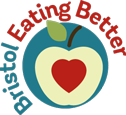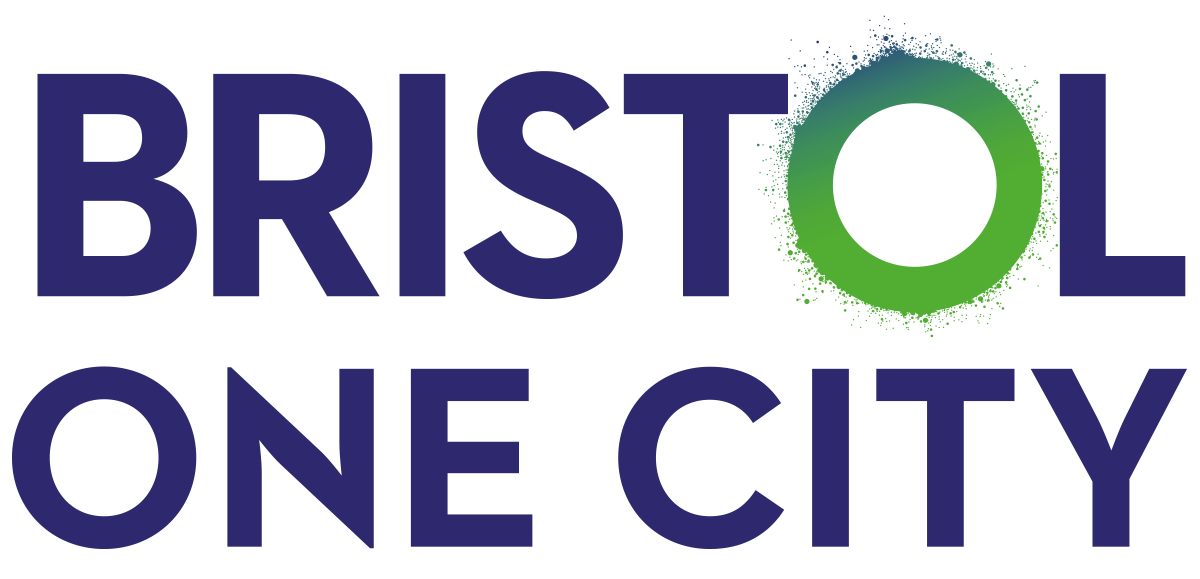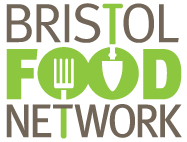What are the different types of fats, and how to reduce them in the food you sell.
Objective 3 of the Bristol Eating Better Award outlines 8 actions you can do to reduce consumption of trans, animal and saturated fats in the food and drink your business sells.
For more detailed guidance about the actions see the pdf guidance document(904 KB) .
About fat
Fat is high in energy, or calories (kcal). Eating more calories than our bodies need causes excess weight which can be bad for our health. The wrong balance of fat in our diet can cause unhealthy cholesterol levels, which increases the risk of heart disease.
The main types of fat found in food are:
- saturated fat
- unsaturated fat
Saturated fats
Saturated fats are found in many sweet and savoury foods. We should only consume a small amount of saturated fat, but most people in the UK eat too much saturated fat. Where possible we should switch from saturated to unsaturated fat.
Most saturated fats come from animal sources, including meat and dairy products, as well as some plant foods, such as palm oil and coconut oil. Foods high in saturated fat include:
- butter, lard and margarine
- meat products, including sausages, bacon and pies
- cheese
- chocolate confectionery, cakes, pastries and biscuits
- savoury snacks

Unsaturated fats
All fats are high in energy (calories) so we should eat less overall, but where possible we should switch from saturated to unsaturated fat.
Most unsaturated fats are found in oils from plants, fish, nuts and seeds. Unsaturated fats are usually liquid at room temperature, and includes vegetable oils, such as olive, rapeseed, sunflower and sesame oil.
Unsaturated fats can be:
- polyunsaturated
- monounsaturated
Polyunsaturated and monounsaturated fats
Polyunsaturated fats and monounsaturated fats are considered healthy fats as they may reduce your risk of heart disease, especially when substituted for saturated fats. The two main types of polyunsaturated fats are:
- omega 3
- omega 6
Some types of omega 3 and omega 6 fats can't be made by the body, so it's important we include a small amount in our diet.
Omega 3 fats are found in:
- oily fish, such as mackerel, herring, trout, sardines and salmon
- walnuts
- spinach
- seaweed
- edamame (soy) beans
Omega 6 fats are found in oils, such as:
- corn
- sunflower
- rapeseed
Trans fatty acids
Artificial trans fats, or trans fatty acids, are chemically altered vegetable oils often used to give processed foods a longer shelf life. They're produced artificially by hydrogenation which turns liquid oil into solid fat.
The main health concern around trans fats is the association between increasing trans fatty acid intakes and:
- coronary heart disease risk
- raised bad cholesterol levels
Trans fatty acids can be found in:
- partially hydrogenated vegetable oils used for frying and baking
- some margarines
- processed foods such as cereals, cereal bars, crisps and confectionery
- snacks such as cakes and biscuits
Find out more on the NHS pages on fats Go to https://www.nhs.uk/live-well/eat-well/food-types/different-fats-nutrition/ (opens new window).
Find out how much fat is in your ingredients and packaged retail products
Look at the nutritional information to find out how much fat is in your ingredients and packaged retail products.
If a product has more than 5g of saturated fat per 100g, the product is high in fat. If a product has 1.5g of saturated fat or less per 100g, it's low in fat.
Summary and colour code
Fats
- Green (Low Fat): less than or equal to 3g per 100g.
- Amber (Medium Fat): greater than 3g and less than or equal to 17.5g per 100g.
- Red (High Fat): greater than 17.5g per 100g or 21g per portion.
Saturates
- Green (Low Saturated Fat): less than or equal to 1.5g per 100g.
- Amber (Medium Saturated Fat): greater than 1.5g and less than or equal to 5g per 100g.
- Red (High Saturated Fat): greater than 5g per 100g or 6g per portion.
Recommended fat intake
A small amount of fat is an essential part of a healthy, balanced diet. Fat is a source of essential fatty acids which the body can't make itself and helps the body absorb vitamins A, D and E.
According to UK government guidelines Go to https://www.nhs.uk/live-well/eat-well/different-fats-nutrition/ (opens new window), we should:
- cut down on all fats
- replace saturated fat with unsaturated fat
The government recommends that:
- men should not eat more than 30g of saturated fat a day
- women should not eat more than 20g of saturated fat a day
- children should have less
Hints and tips to reduce fat
You can:
- check your ingredients for trans fats or partially hydrogenated oils
- choose lower fat alternatives
- swap fried savoury snacks for baked ones
- swap fried chips for oven chips, fried egg for poached egg, fried chicken nuggets for oven cooked ones
- use leaner cuts of meat and trim off excess fat
- replace some of the meat with vegetables, lentils or beans
- use cornflour to thicken sauces instead of a roux (butter and flour)
- go through your recipes to find ingredients high in saturated fat and either use less of those ingredients or swap them for an unsaturated alternative
- choose healthier cooking methods such as microwaving, grilling, boiling, braising, steaming, poaching, baking, cooking on a griddle
- use non-stick cooking equipment to help minimise the need for oils
Spreads, condiments and dressings
Offer customers:
- lower fat spreads
- unsaturated, trans fat free margarines
- the option of no spread
- sauces in small jugs or containers encourage the customer to use less
Toppings
If you offer cream or ice cream with puddings or hot drinks:
- give customers the choice of having no topping
- charge for toppings
Last reviewed: 4 October 2022


